Kinetic Architecture

Performance Software Approaches for Kinetic Architecture: Programmable Matter Based Simulations, a Ph.D. project by Nelson Montás Laracuente that is basically an investigation and development concerning kinetic architecture design software support that will be used to simulate the behavior of shape memory materials (SMM– specifically Nickel-Titanium –Ni-Ti– alloys, Linear -LCP- and multi-block co-polymers -MBCP-) and which will work as either a plug-in, an add-on or a script in an already existing design platform (like Rhino/Grasshopper or Processing) preferably (but not limited to) Open Source that can give architects and engineers the ability to design and test-run kinetic components and, hopefully someday, entire buildings in a digital work space, before having to do so in a laboratory environment.
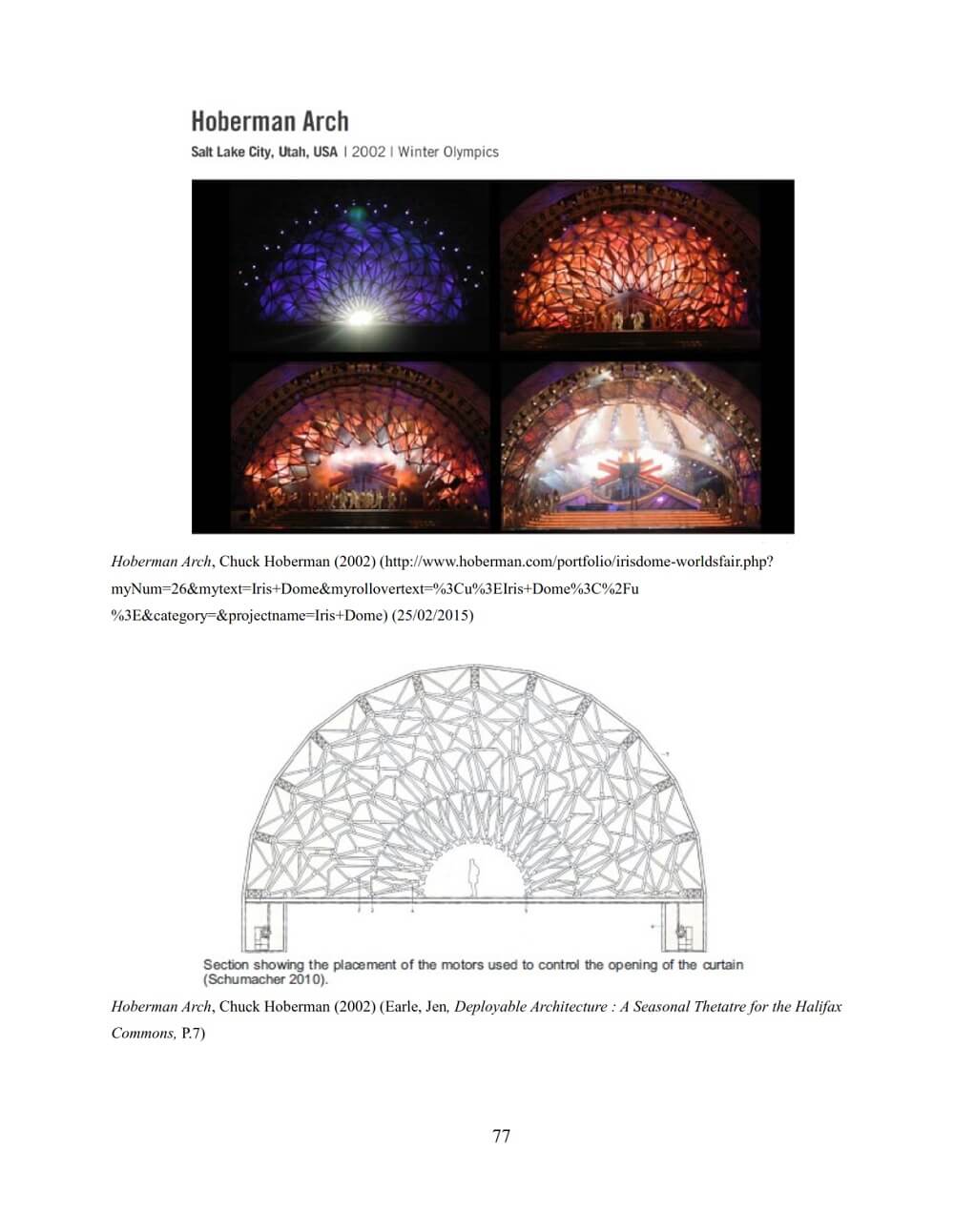
The project’s theoretical framework is based on William Zuk’s and Michael Fox’s kinetic architecture concepts, Dan Raviv and Skylar Tibbits’s work on programmable matter within the Self Assembly Lab at MIT while it also touches some of Dennis Dollens ideas about utilizing generative software tools and methods to address architectural design (specifically, a paper called The Cathedral Is Alive: Animating Biomimetic Architecture).
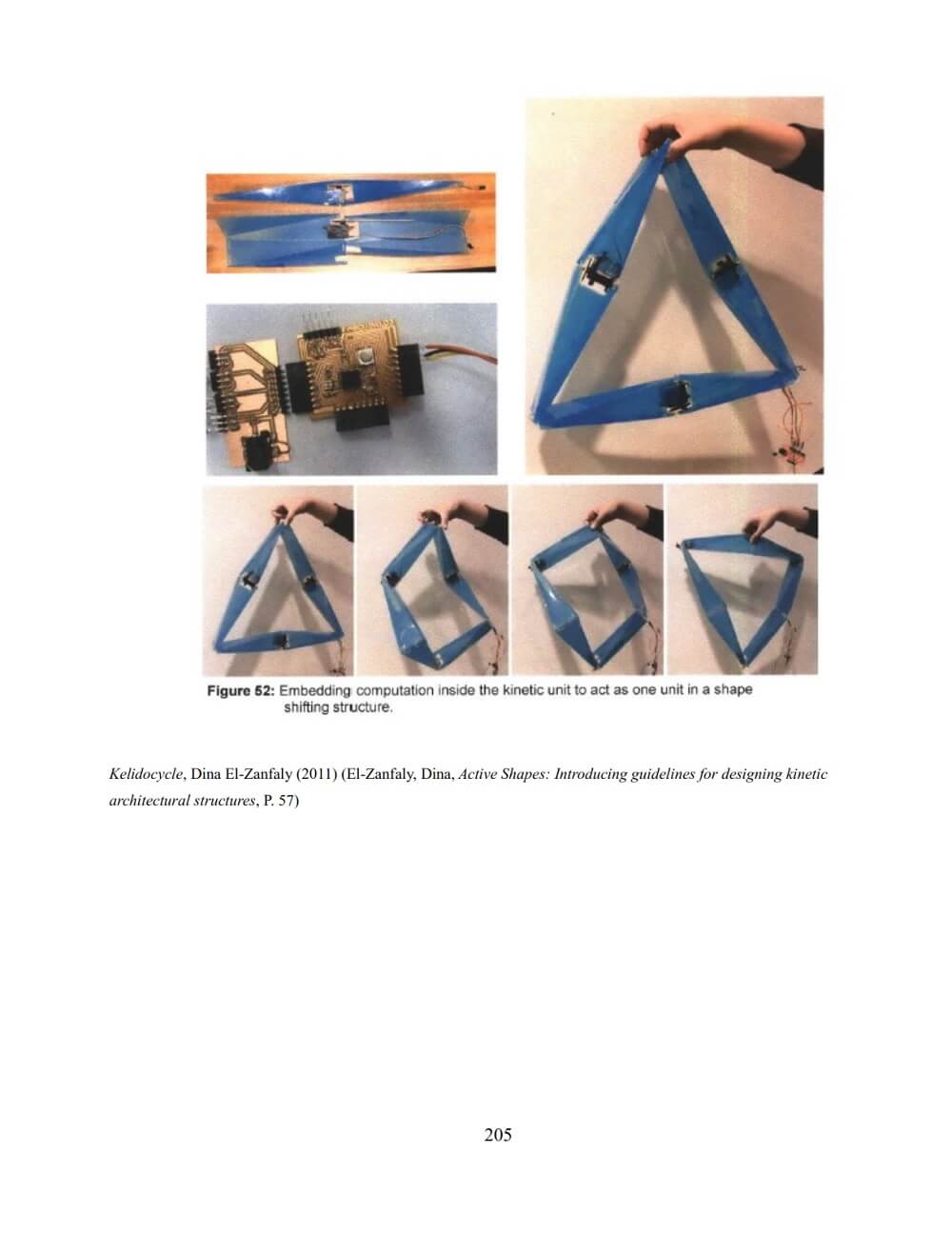
Its most important theoretical objective is to find ways in which to utilize these materials within the conception and development of passive kitnetic architecture systems (K. A. which is, as of today, mostly computer controlled –therefore, electricity consuming). The material science aspect of the project is being informed by Otsuka & Wayman’s research about Nickel-Titanium1 (Ni-Ti) alloys, Lendelein & Kelch’s research about shape-memory polymers, Rottiers et al.’s research about SMM and their applications3.
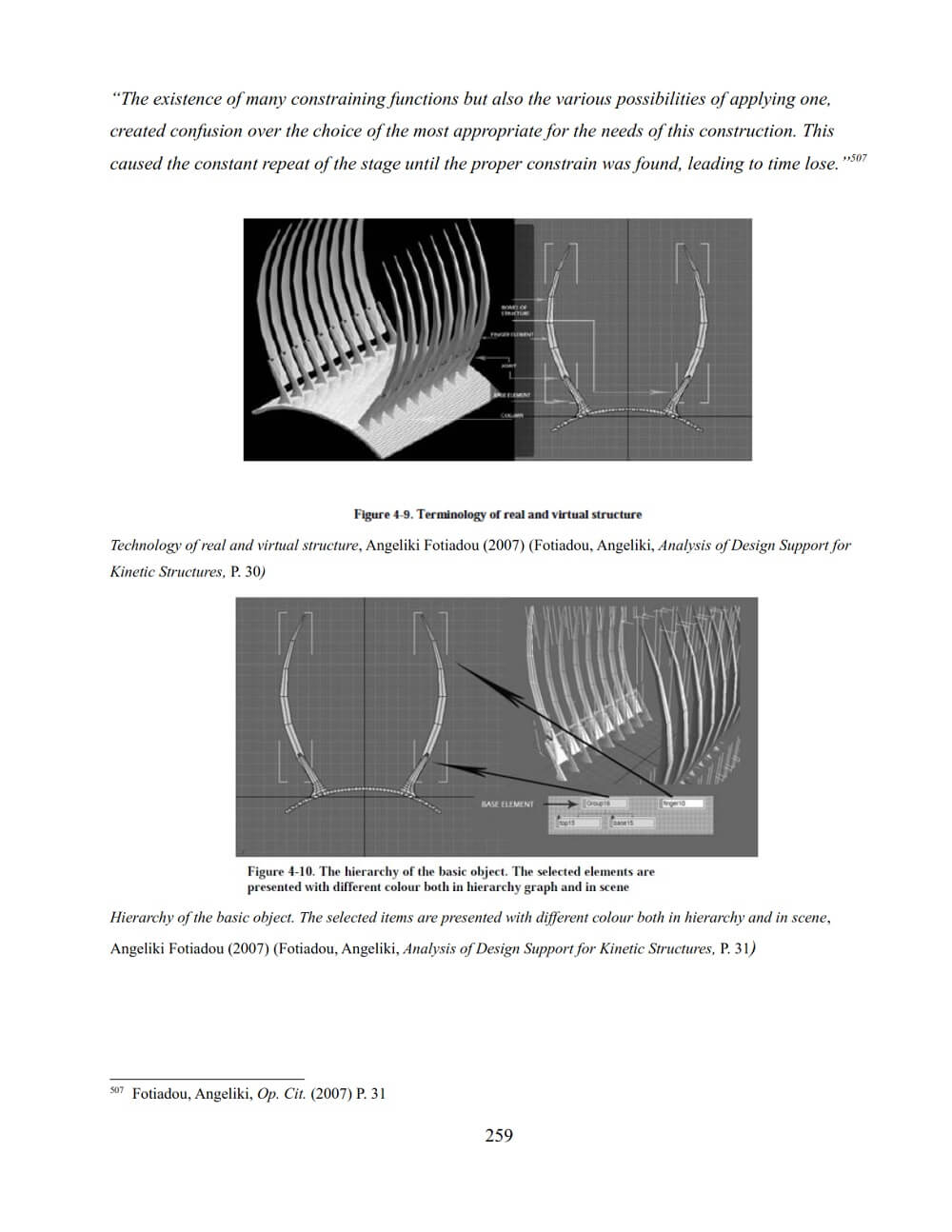
To test and develop the software functionality it is needed to analyze certain examples of kinetic architecture (as case studies) and to understand how to mathematically model (and subsequently code in the program’s application programming interface -API- and/or user interface -UI-) the material’s properties in order to compute and simulate their behavior in the program’s work space (in relation to their stimulus/form/movement). This thesis will carry out experiments in that direction and arrive at conclusions about the subject matter.
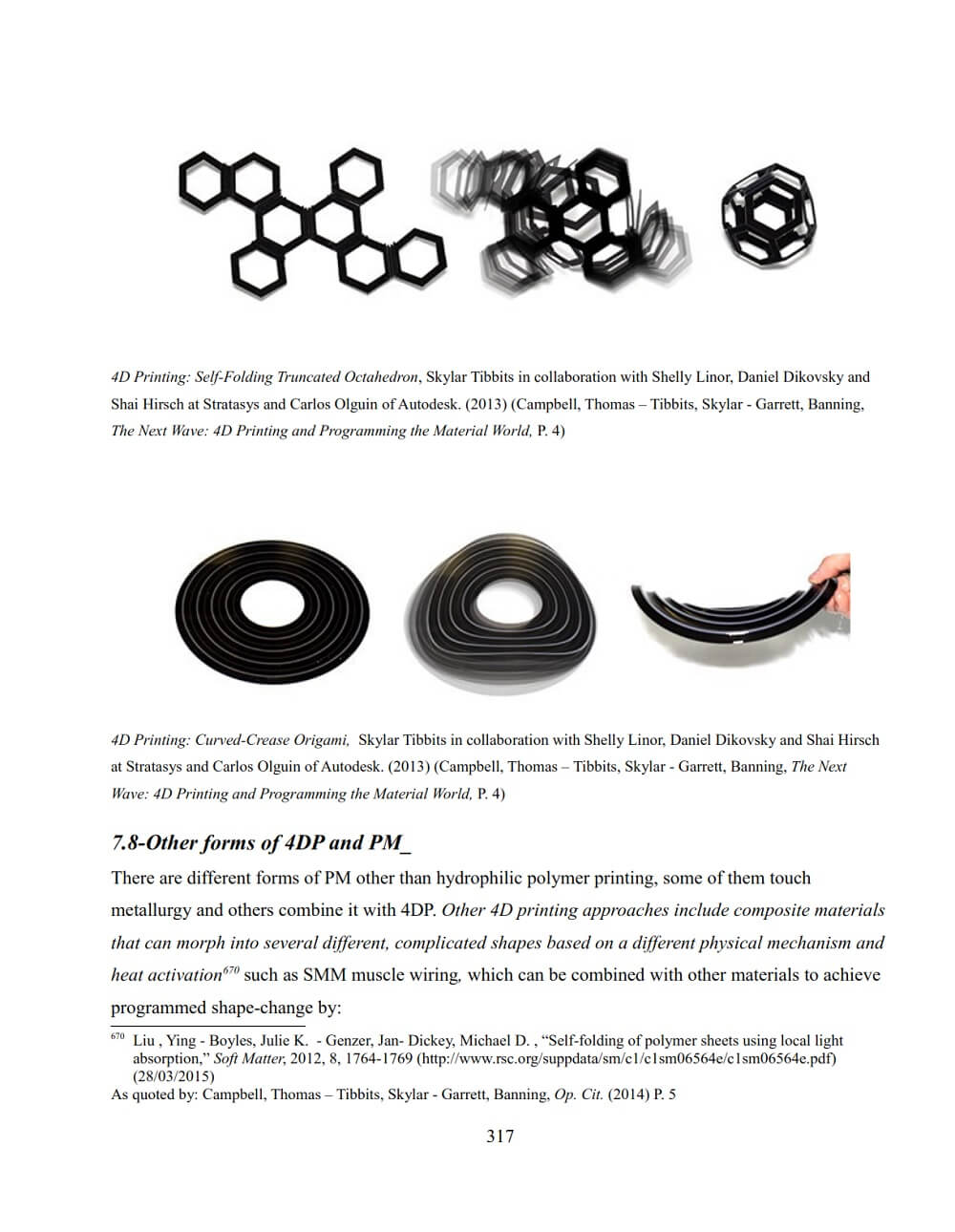
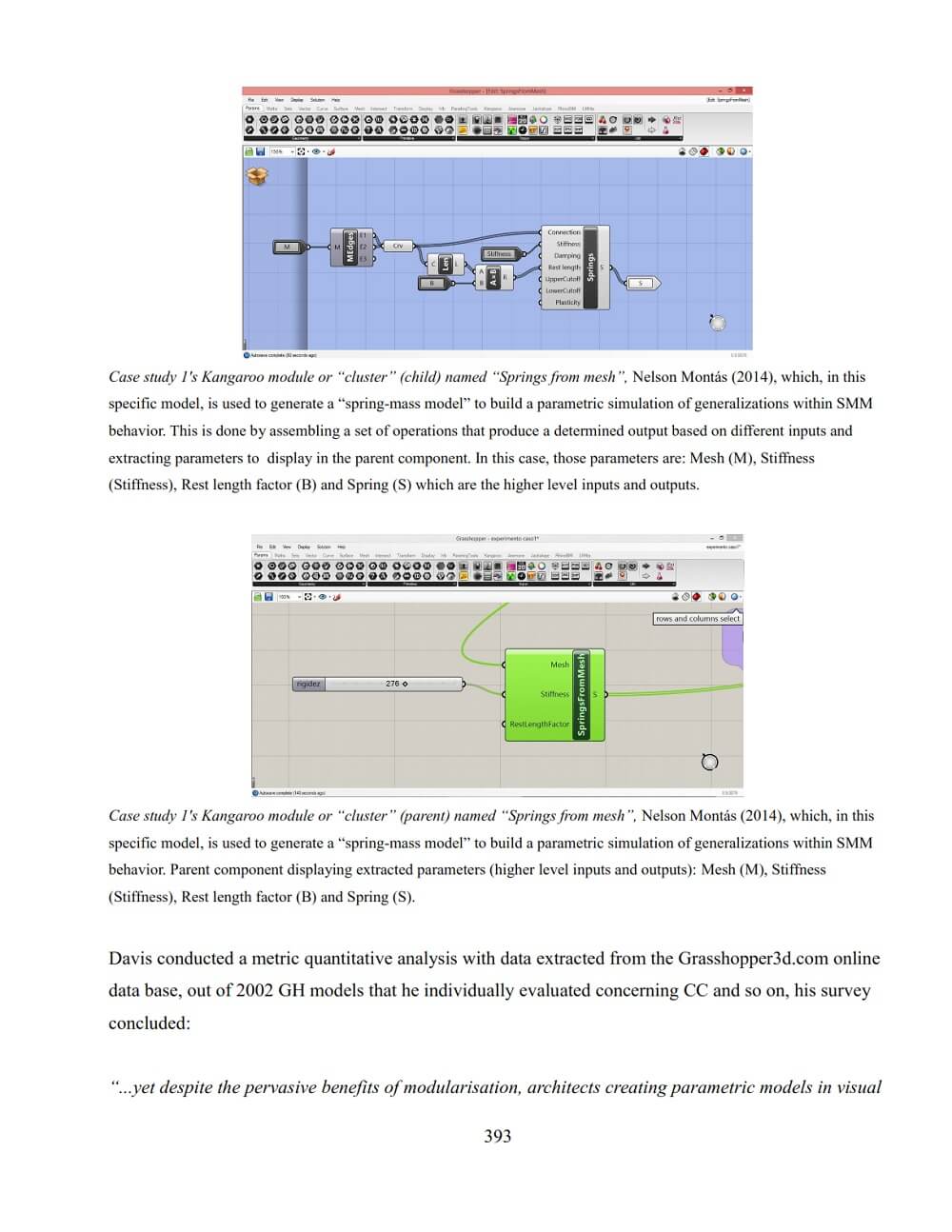
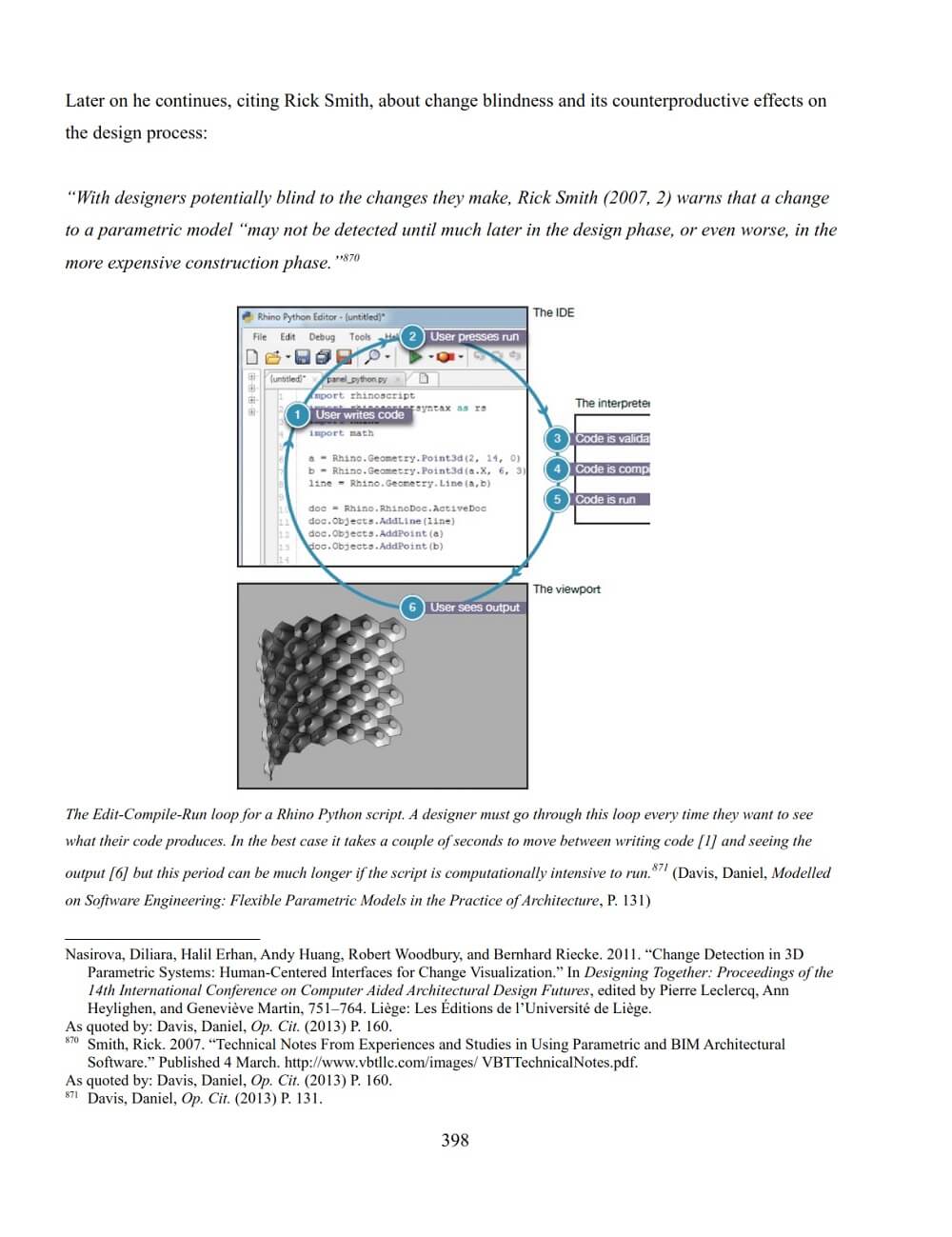
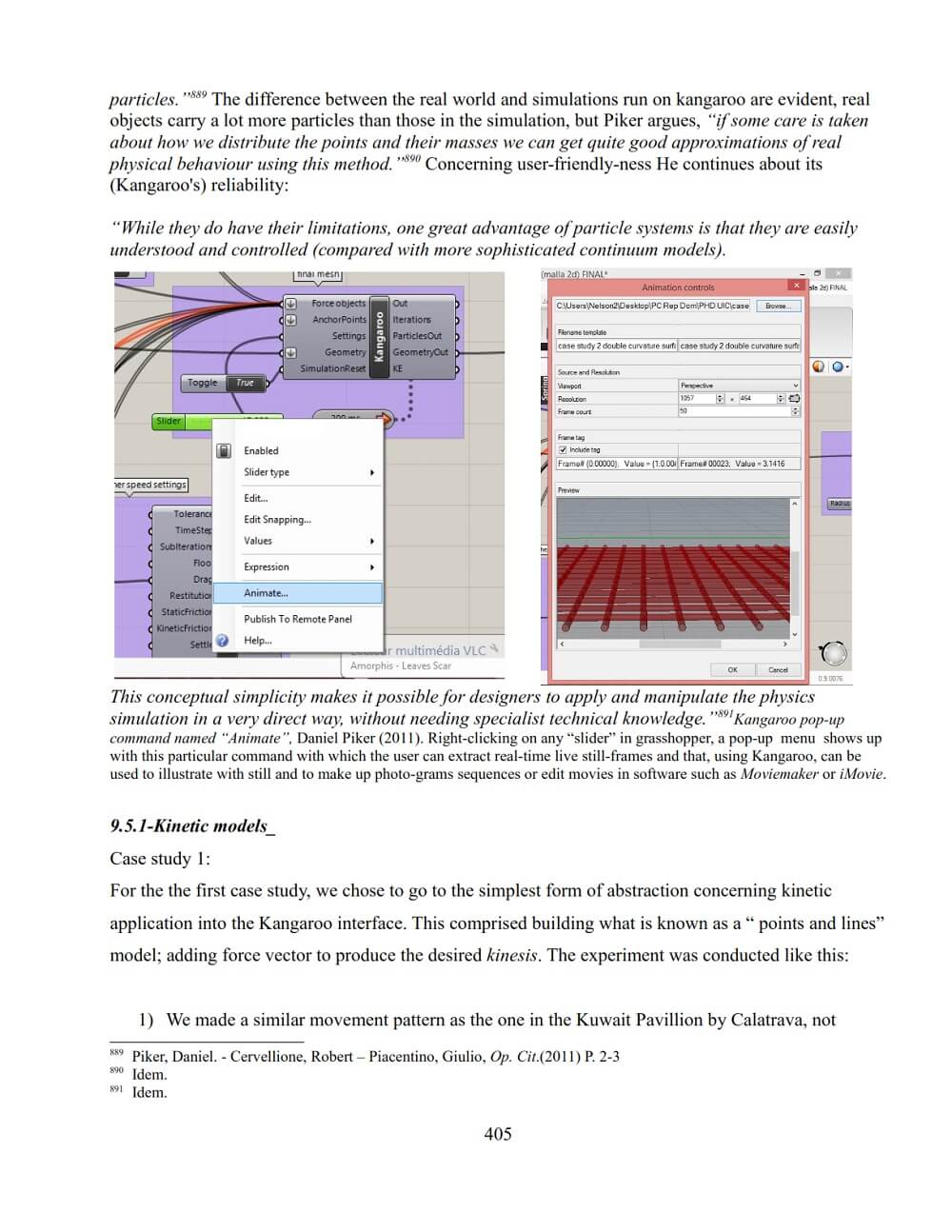
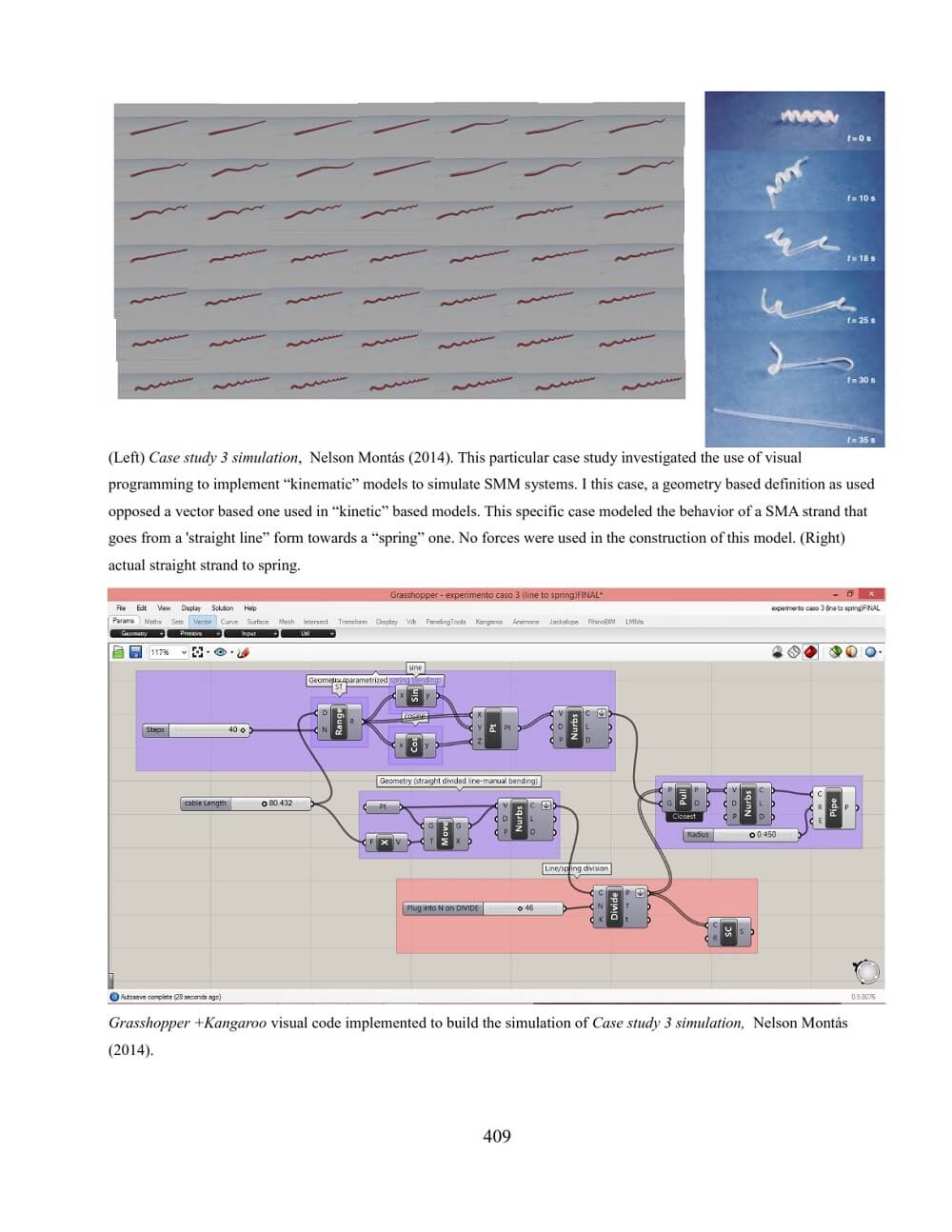
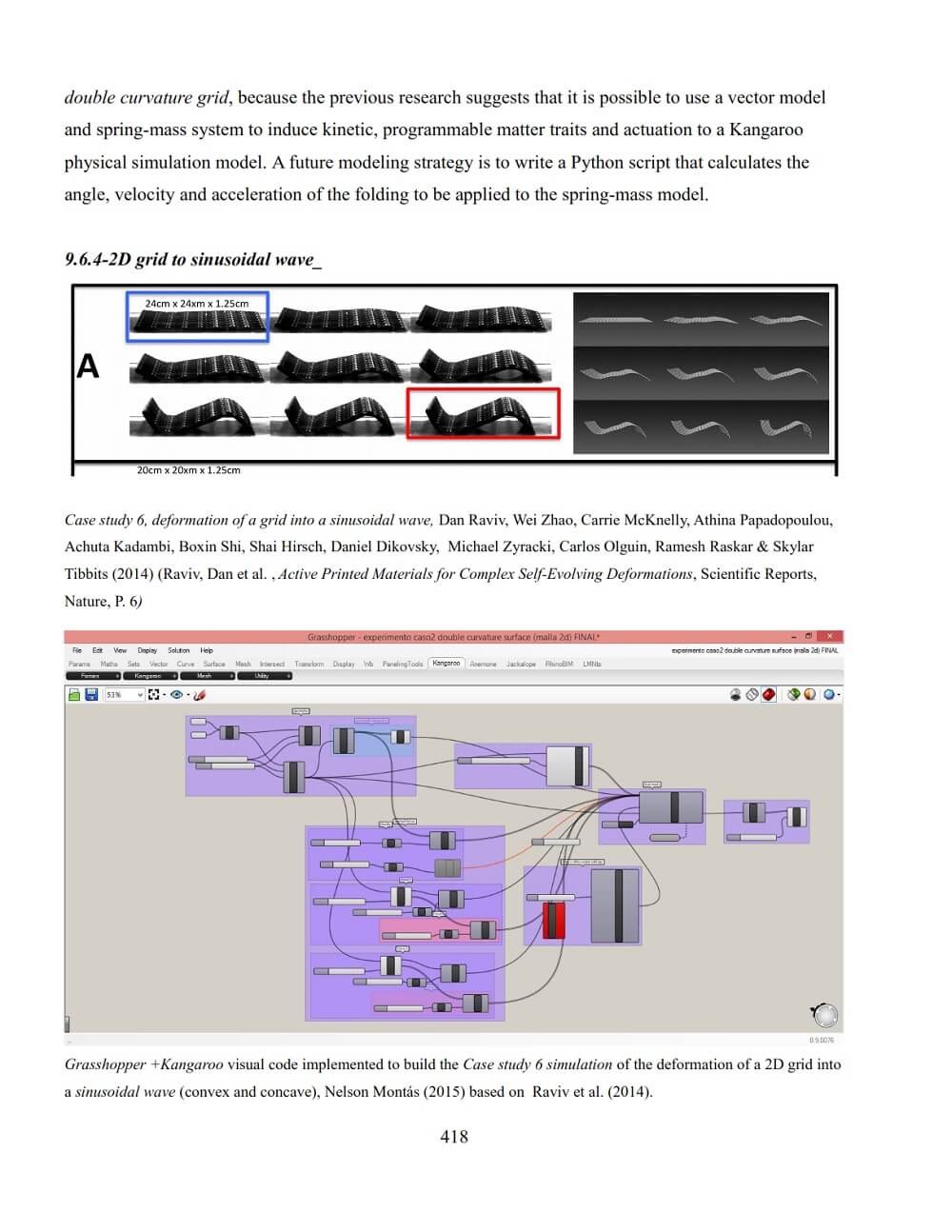




























Comments